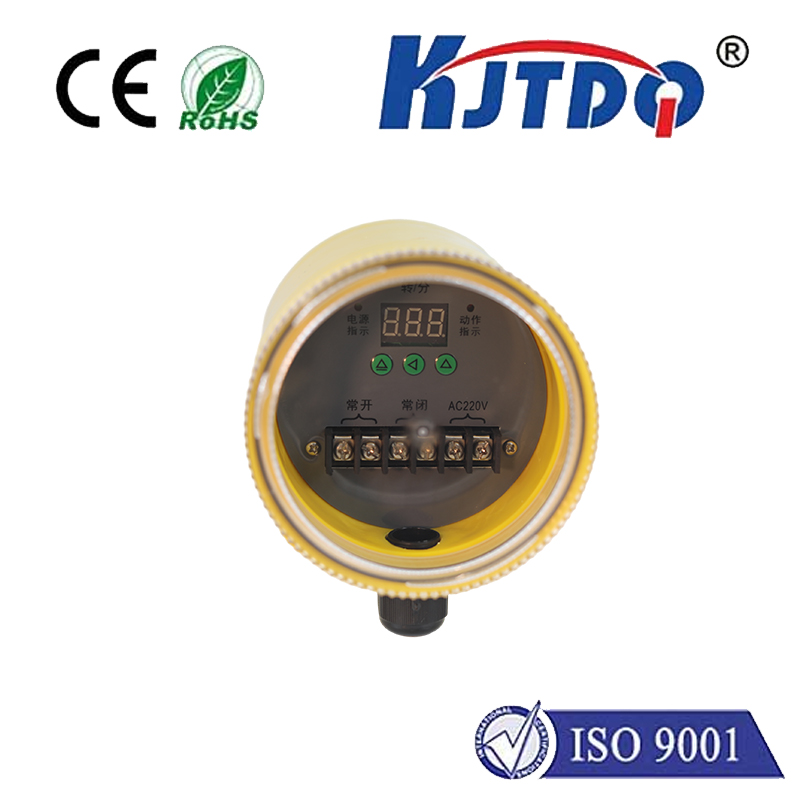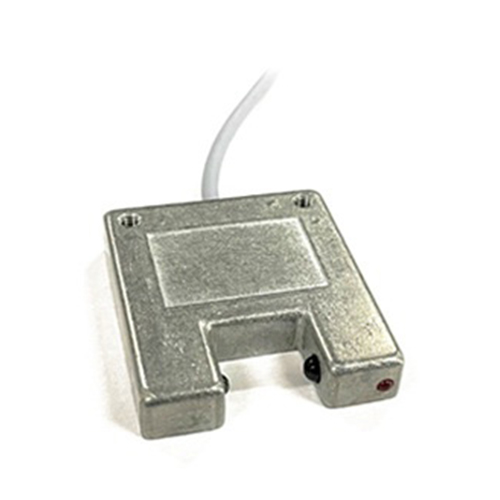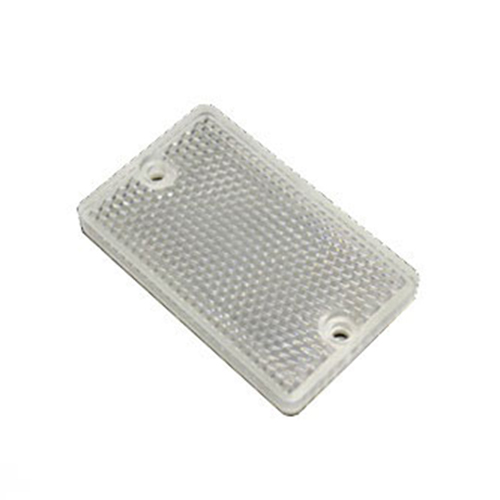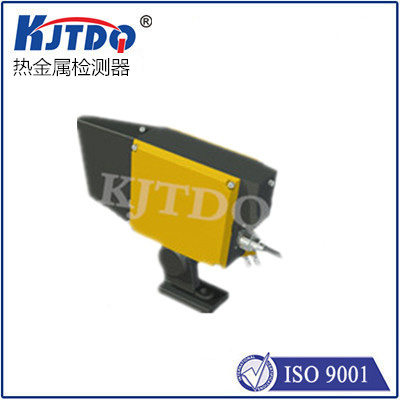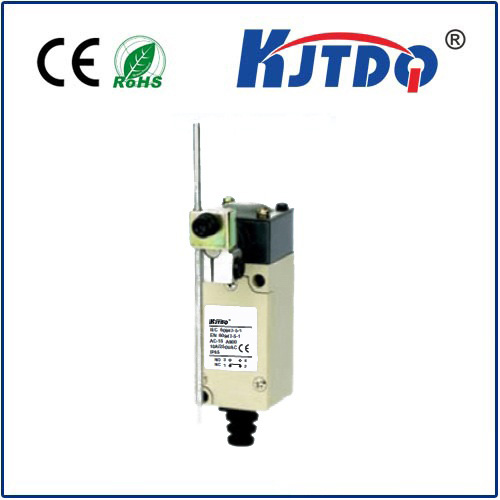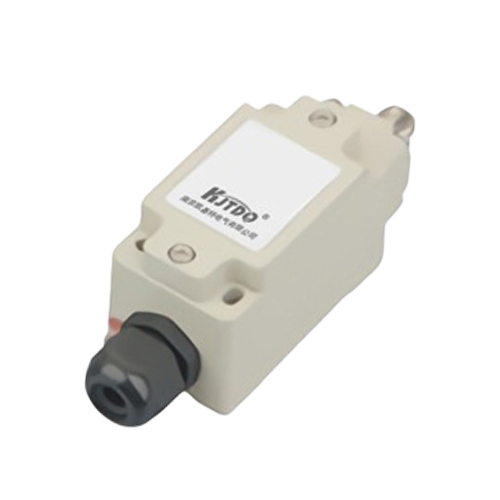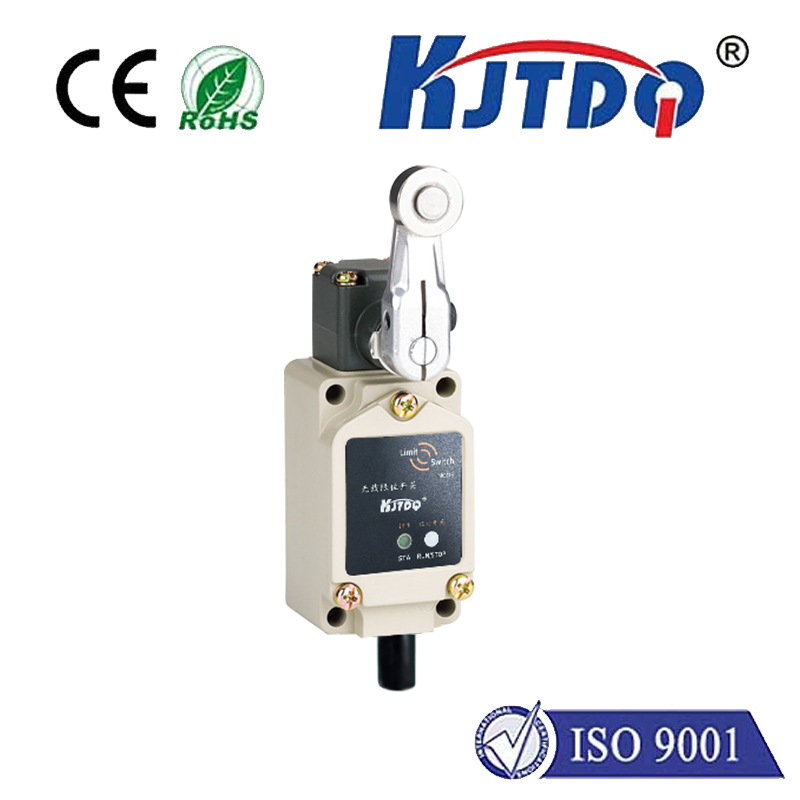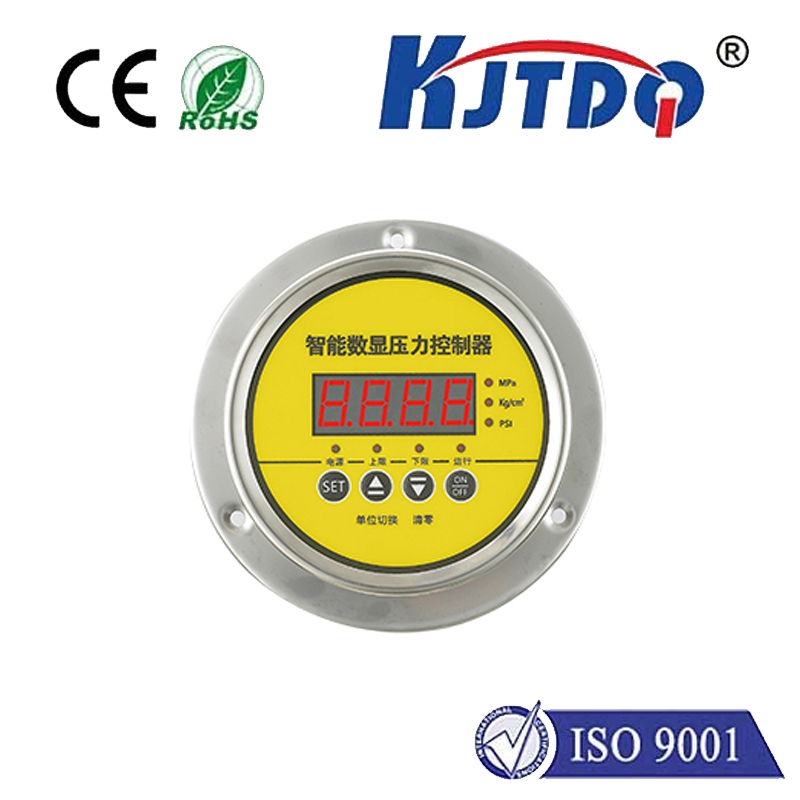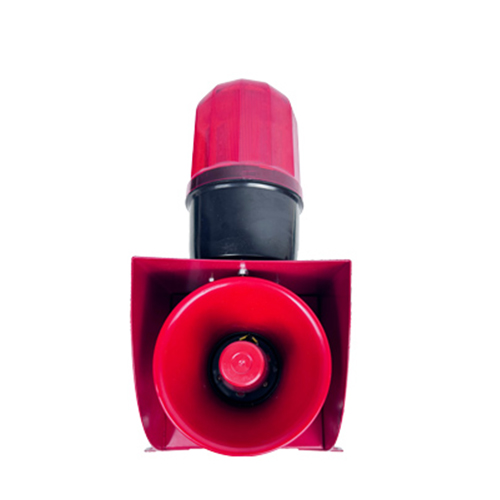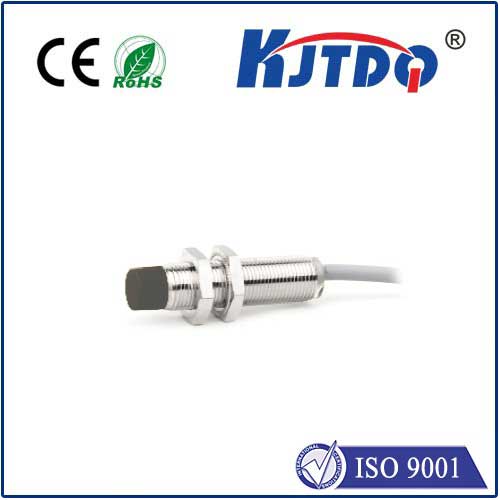liquid temperature gauge
- time:2025-08-22 02:26:28
- Click:0
Liquid Temperature Gauges: Your Essential Sentinel Against Overheating Catastrophe
Imagine this: you’re driving through scorching summer heat, miles from the nearest town. Suddenly, steam billows from under your hood. Your heart sinks – that unmistakable sign of an overheating engine. Could this costly breakdown and dangerous roadside stranding have been avoided? Almost certainly, if a critical yet often overlooked component had been functioning optimally: the liquid temperature gauge. More than just a dial on your dashboard, this device is a vital guardian, continuously monitoring the lifeblood of your machinery or process – its coolant fluid – and providing the crucial data needed to prevent thermal disaster.
What Exactly is a Liquid Temperature Gauge?
At its core, a liquid temperature gauge is an instrument designed for one critical purpose: to accurately measure and display the temperature of a liquid, most commonly a coolant or working fluid. It acts as the sensory interface between the operator and the thermal state of the system. These gauges are fundamental in applications where controlling liquid temperature is paramount for safety, efficiency, and longevity. Whether it’s the antifreeze mixture in your car’s radiator, the cooling water in industrial machinery, the lubricating oil in a hydraulic system, or the process fluid in a chemical reactor, knowing its temperature is non-negotiable. Without this insight, you’re essentially operating blind, risking catastrophic failures ranging from seized engines to dangerous chemical reactions or compromised product quality.
Why Precise Liquid Temperature Monitoring is Non-Negotiable
The consequences of inadequate temperature monitoring are rarely minor. The importance of liquid temperature gauges cannot be overstated:

- Preventing Catastrophic Failure: Overheating is the primary nemesis of mechanical systems. Engines can warp cylinder heads, blow head gaskets, or seize entirely. Industrial pumps can suffer bearing failure. Electrical transformers can suffer insulation breakdown. A functioning gauge provides the early warning needed to take corrective action before components melt or fracture.
- Optimizing Efficiency & Performance: Many systems operate within a specific optimal temperature range. Too cold, and fuel combustion in engines is inefficient, leading to poor mileage and increased emissions. Lubricants don’t flow properly. Too hot, and similar inefficiencies arise, along with accelerated wear. A reliable gauge helps operators maintain that sweet spot.
- Ensuring Process Control & Quality: In chemical processing, pharmaceutical manufacturing, food and beverage production, and countless other industries, precise temperature control of liquids is essential for consistent product quality, reaction rates, and safety protocols. Deviations from set points can ruin batches or create hazardous conditions.
- Extending Equipment Lifespan: Consistently operating within the correct temperature range significantly reduces thermal stress on components like seals, hoses, gaskets, bearings, and electronic controls. This translates directly into fewer breakdowns, lower maintenance costs, and longer asset life. Proactive monitoring via the gauge is key.
- Critical Safety Assurance: Beyond equipment damage, overheating liquids can pose severe safety risks. Pressurized systems can explode. Flammable liquids can ignite. A malfunctioning cooling system in any context can endanger personnel. The gauge is a frontline safety device.
Where Liquid Temperature Gauges Are Mission-Critical
The applications for liquid temperature gauges span virtually every sector that relies on liquid-cooled or temperature-sensitive processes:
- Automotive & Transportation: Monitoring engine coolant temperature (ECT) is perhaps the most familiar application (the dashboard gauge). Also crucial for transmission fluid, differential oil, and battery coolant in electric vehicles.
- Industrial Machinery: Monitoring cooling water circuits for CNC machines, lasers, injection molding machines, compressors, hydraulic systems, and large generators.
- Power Generation & Distribution: Overseeing transformer oil temperature, generator cooling water, and reactor coolant systems.
- HVAC & Refrigeration: Tracking chiller water temperatures, condenser temperatures, and refrigerant lines.
- Marine: Monitoring engine coolant, gearbox oil, and bilge systems crucial for vessel operation.
- Chemical & Process Industries: Controlling temperatures of reaction vessels, process streams, heat transfer fluids, and storage tanks where precise thermal management dictates product outcomes and safety.
Understanding the Types: From Mechanical to Smart
Liquid temperature gauges come in various forms, broadly categorized:
- Mechanical (Bimetallic/Spring & Capillary): Often found in classic cars or simpler applications. A sensor (bulb) immersed in the liquid expands a fluid or bends a bimetallic strip, physically moving a needle on the gauge via a capillary tube. Generally robust but can be slower to react and less precise.
- Electrical (Resistance-Based - RTD/Thermistor): The dominant technology today. Uses a sensor (like a Thermistor or RTD - Resistance Temperature Detector) whose electrical resistance changes predictably with temperature. This signal is sent (usually via wiring) to a gauge or controller which converts it into a temperature reading. Known for good accuracy and responsiveness.
- Digital/Gauges with Senders: Modern gauges often feature digital displays (numeric or segment LCD). They pair with dedicated electrical senders (sensors) and may offer programmable warning lights, data logging, or even outputs for control systems. These provide high precision and clarity.
- Integrated Control Systems: In complex industrial settings, temperature sensors feed data into PLCs (Programmable Logic Controllers) or SCADA (Supervisory Control and Data Acquisition) systems, where it’s displayed, logged, and used for automated process control. The “gauge” is part of a larger HMI (Human-Machine Interface).
Choosing the Right Liquid Temperature Gauge: Key Considerations
Selecting the appropriate gauge isn’t just about picking one off the shelf. Several factors influence the best fit:
- Temperature Range: The gauge must comfortably cover the minimum and maximum expected operating temperatures of the liquid, plus a safety margin.
- Accuracy & Resolution: How precise does the reading need to be? Industrial processes often demand higher accuracy (e.g., ±0.5°C) than an automotive coolant gauge (±2-3°C). Resolution refers to how finely the gauge can display changes (e.g., 1°C vs. 0.1°C).
- Sensor Type & Location Compatibility: Does the sensor (thermistor, RTD) suit the liquid (chemically compatible)? Can it be installed effectively in the required immersion point (pipe, tank, engine block port)?
- Environment: Consider vibration, potential for moisture/dust ingress (requiring specific IP ratings), ambient temperature extremes near the gauge head, and potential exposure to chemicals or oils.
- Display Type & Features: Analog dial for quick glance, digital for precise reading? Are warning lights, peak recall, or programmable alarms necessary? Does it need a remote display?
- Output Requirements: Is a simple visual display sufficient, or is an electrical signal (4-20mA, 0-5V, etc.) needed for integration into a control system?
- Robustness & Reliability: Especially critical in harsh industrial or mobile environments. Gauge construction and sensor durability are paramount.
The Modern Landscape: Beyond Basic Needles
While the fundamental purpose remains unchanged, advancements in liquid temperature monitoring are significant. Smart gauges can now communicate digitally, providing not just temperature but diagnostic data. Wireless sensors eliminate wiring complexities in retrofits. Integration with IoT platforms enables remote monitoring and predictive maintenance, alerting technicians to potential issues before they cause downtime. High-precision RTDs offer unparalleled stability for critical scientific or industrial processes. The liquid temperature gauge, in its evolving forms, remains an indispensable, technologically advancing tool for proactive system management.
Ignoring






